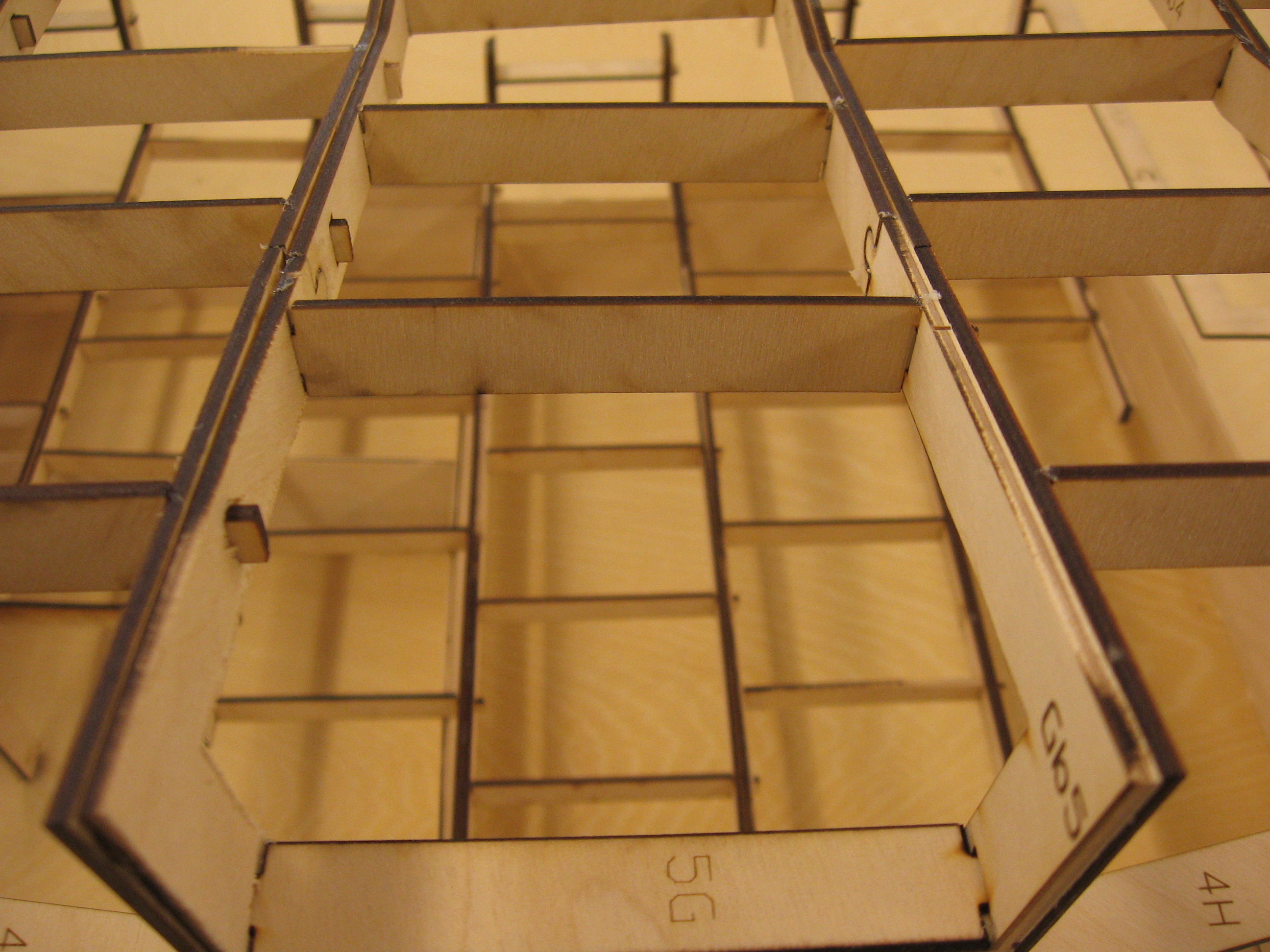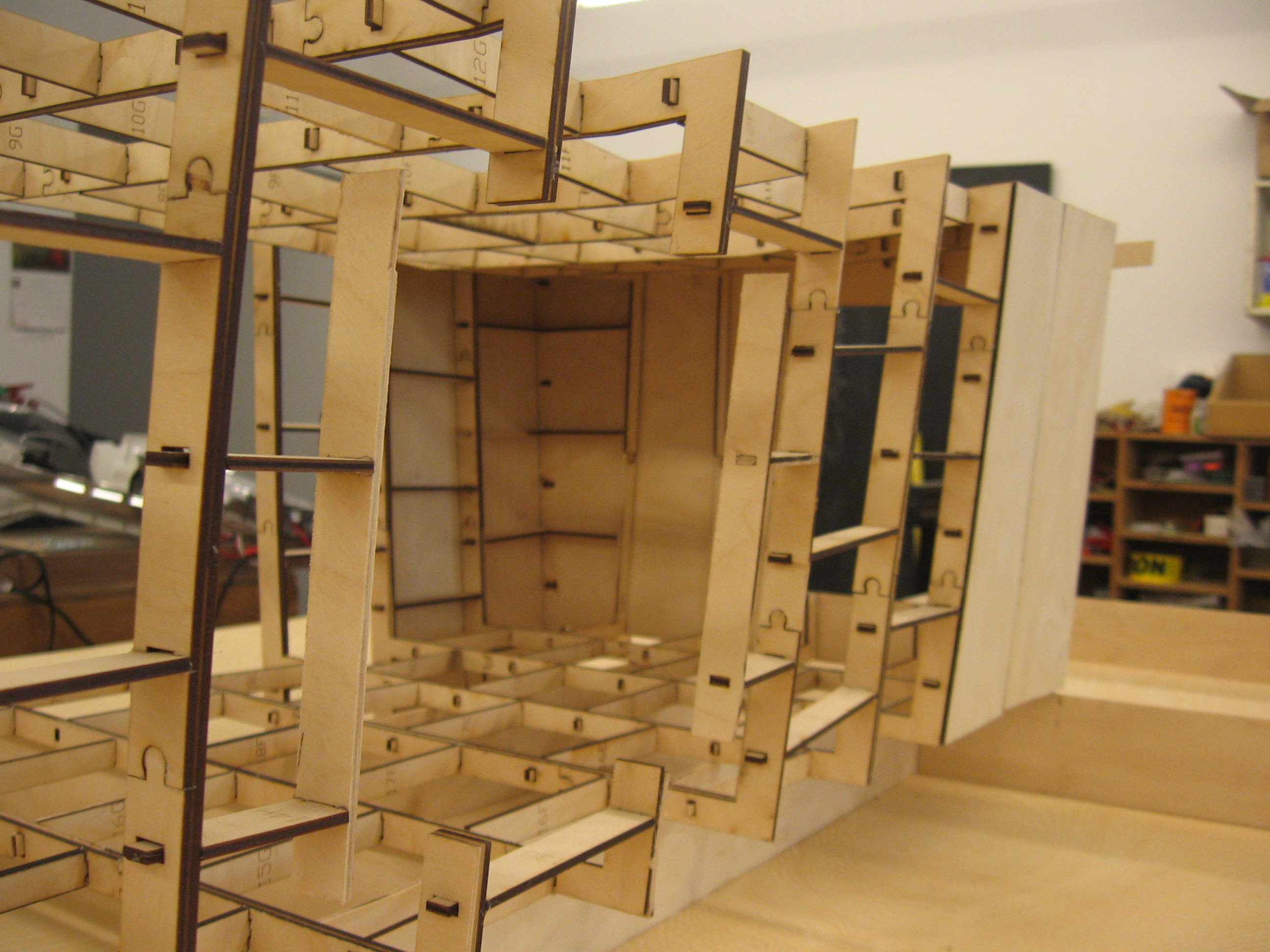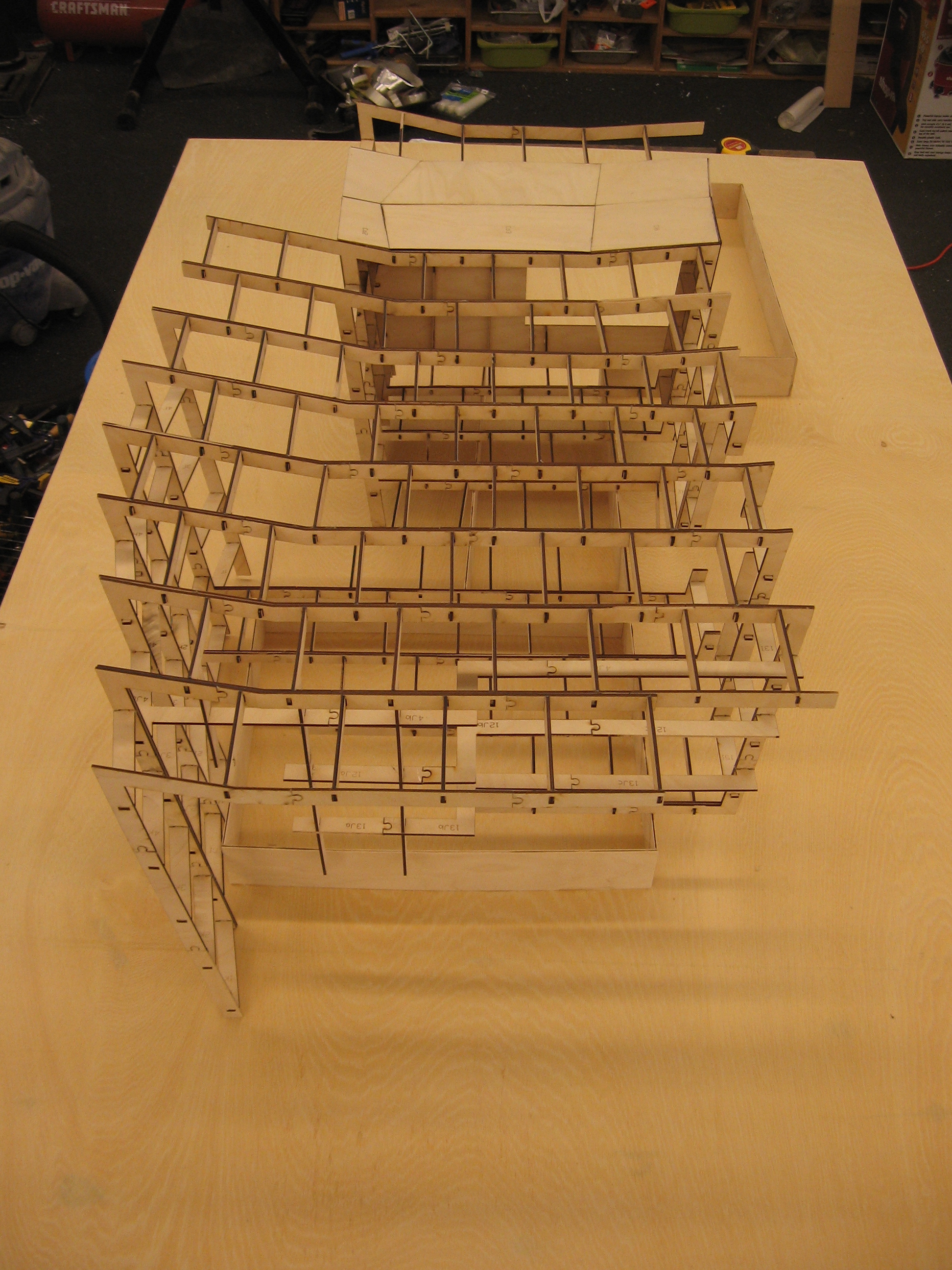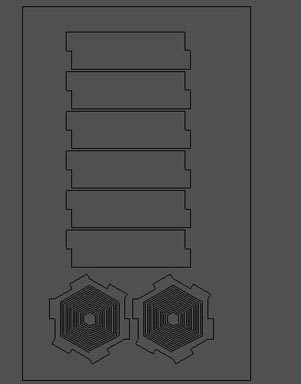
Since this was not cut on a traditional laser cutter, and there is no driver for my laser yet...I created the 2d drawings in Rhino and then transfered them to .dxf and opened the file in Vectric's cut2d program. There i was able to define the laser as if it was a cutting tool, assigning a radius of .003" and then i specified the cut speed, which in this case was 20 ipm. The creator of buildlog.net, Bart Dring, wrote a script that will translate to mach3 G-code and digitally trigger the laser in the cut file.

Once the pieces were cut, the assembly was straight forward and i assembled it within minutes. One thing i learned was that when cutting that fine of detail with a laser on acrylic, I will remove the paper beforehand. It tends to be difficult to remove after the fact. I would also adjust the joints to allow for more of an overlap and a better holding of the pieces together.

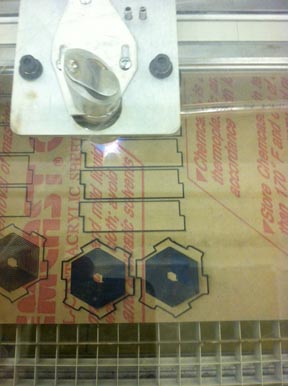
 Below are images of the laser and other surfaces techniques tested.
Below are images of the laser and other surfaces techniques tested.


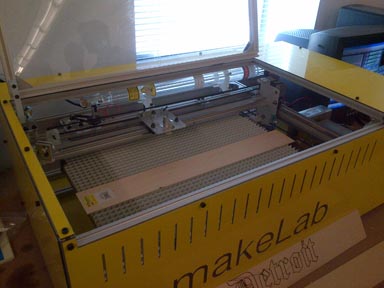
another project that was cut and assembled using the laser is below. 1/8" plywood was used and it was designed in Rhino3D.
